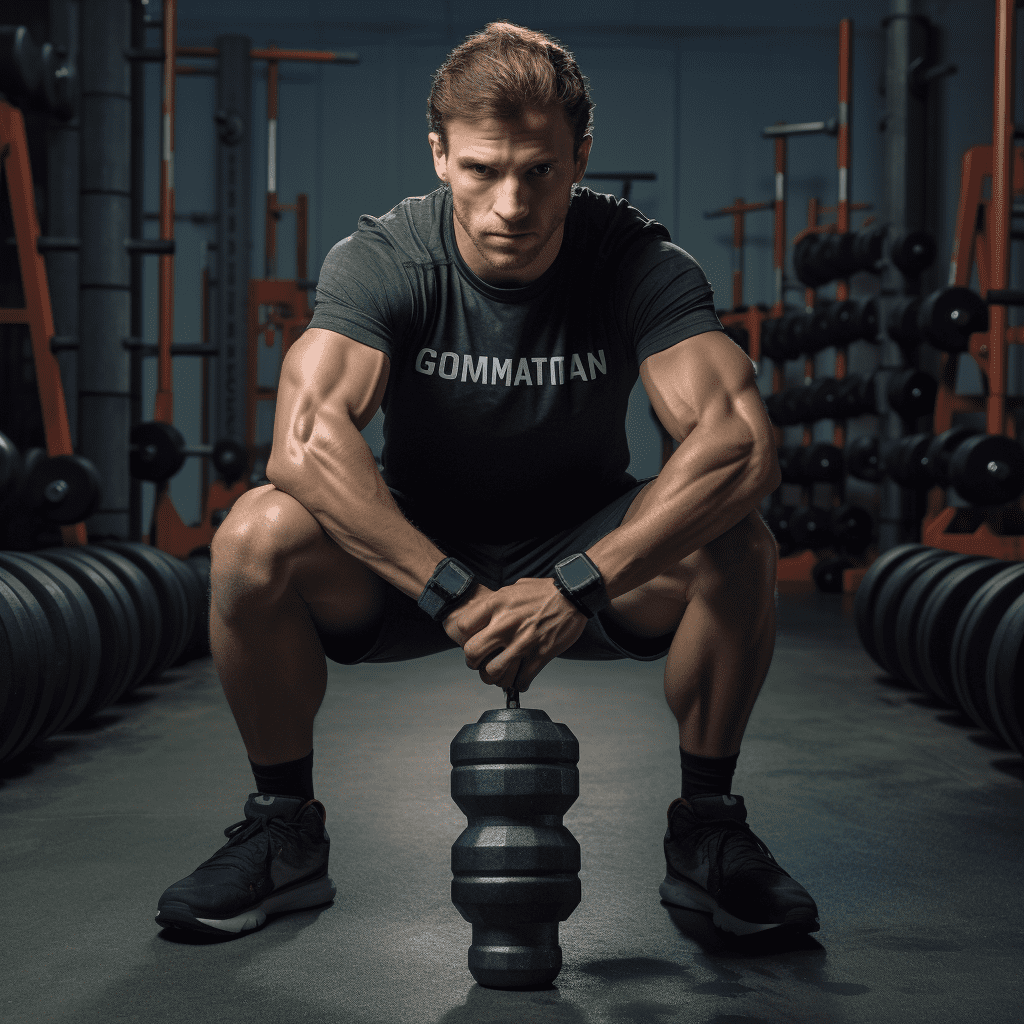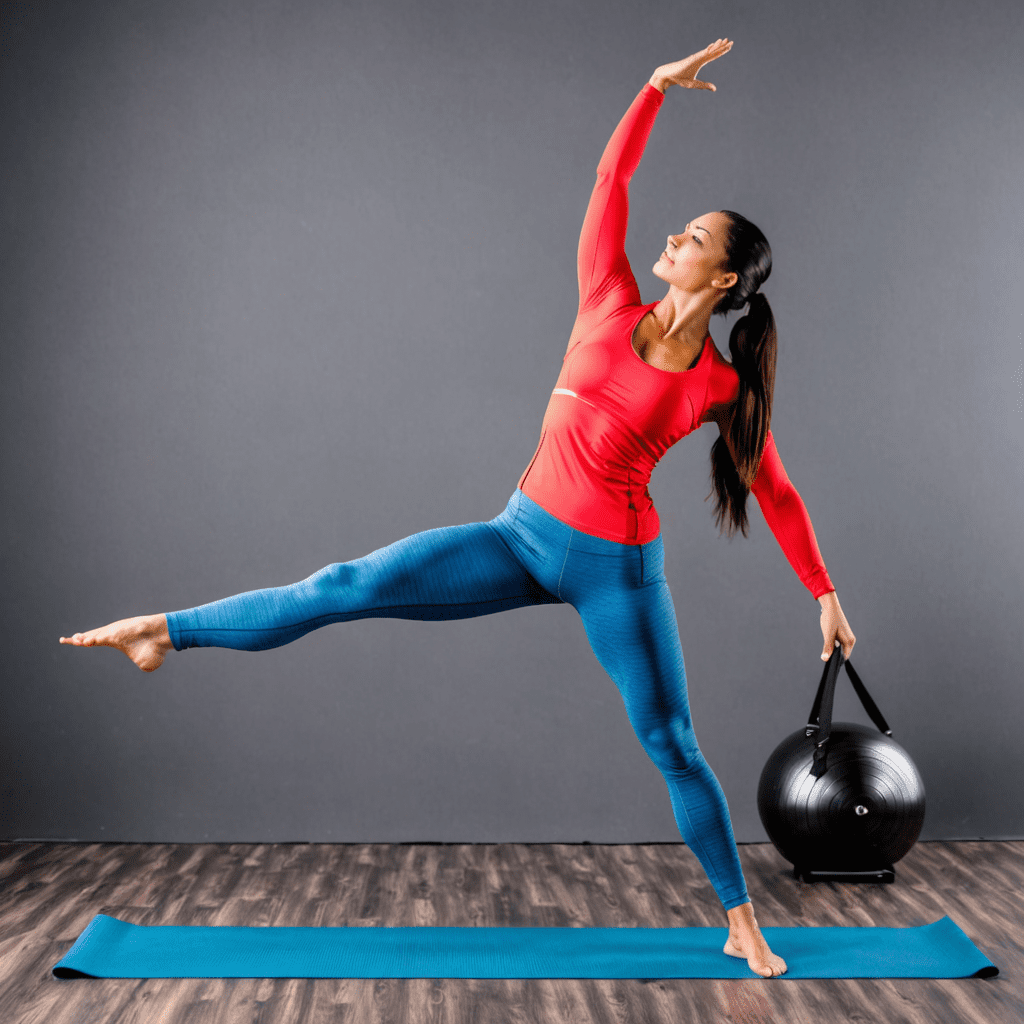
How to Squat with Dumbbells: A Step-by-Step Guide
Squatting with dumbbells can be an excellent addition to your exercise routine, helping to strengthen and tone your lower body. Whether you’re a beginner or an experienced fitness enthusiast, incorporating dumbbell squats into your workouts can provide a range of benefits, including improved leg strength, increased muscle mass, and enhanced overall fitness. In this guide, we’ll walk you through the proper technique and form for squatting with dumbbells, ensuring maximum effectiveness and safety.
1. Choose the Right Weight
Before you start squatting with dumbbells, it’s crucial to select the appropriate weight that challenges you without compromising your form. Begin with lighter dumbbells and gradually increase the weight as you become more comfortable and confident with the movement. Remember, it’s better to start lighter and progress gradually than to risk injury by attempting to lift too heavy from the beginning.
2. Stand with Proper Body Alignment
To initiate the squat, start by standing tall with your feet shoulder-width apart. Ensure that your spine is in a neutral position, your core is engaged, and your shoulders are relaxed. This alignment will help you maintain proper form throughout the exercise and prevent any unnecessary strain on your joints or muscles.
3. Hold the Dumbbells Correctly
Before starting the squat, hold one dumbbell in each hand with an overhand grip. Your palms should be facing inward, and your arms should be fully extended alongside your body. Maintaining a firm grip on the dumbbells throughout the exercise will help stabilize your upper body and improve your overall balance.
4. Execute the Squat
As you begin to lower into the squat, initiate the movement by bending at your hips and knees simultaneously. Keep your chest lifted, your head facing forward, and your weight evenly distributed on your heels and midfoot. Lower yourself until your thighs are parallel to the ground, ensuring that your knees do not extend beyond your toes.
5. Maintain Proper Form
While squatting with dumbbells, it is essential to maintain proper form to prevent injury and maximize the effectiveness of the exercise. Some key points to remember include:
- Keep your back straight and avoid rounding your spine.
- Engage your core muscles to stabilize your body.
- Maintain a slow and controlled movement throughout the exercise.
- Exhale as you push up from the squatting position.
- Keep your knees aligned with your toes, avoiding any inward or outward movement.
- Avoid locking your knees at the top of the movement, maintaining a slight bend.
6. Gradually Increase Difficulty
As you become comfortable with squatting with dumbbells, you can gradually increase the difficulty of the exercise by either adding more weight or incorporating variations. Some options for progression include goblet squats, sumo squats, or single-leg squats. Remember to focus on maintaining proper form and gradually challenging yourself rather than rushing to lift heavier weights.
FAQ
Q: How many sets and repetitions should I do?
A: The number of sets and repetitions you should perform depends on your fitness level, goals, and overall workout routine. As a general guideline, beginners can start with 2-3 sets of 10-12 repetitions, while more advanced individuals can aim for 3-5 sets of 8-10 repetitions. Remember to listen to your body and start with a weight and volume that feels challenging but manageable.
Q: Can I do squatting with dumbbells if I have knee issues?
A: If you have knee issues, it’s essential to consult with a healthcare professional before starting any new exercise program. They can assess your condition and provide guidance on whether squatting with dumbbells is suitable for you. In some cases, modifications or alternative exercises may be recommended to protect your knees and prevent further injury.
Q: Should I use wrist wraps or lifting belts while squatting with dumbbells?
A: The use of wrist wraps or lifting belts during squatting with dumbbells is a personal preference and not necessary for everyone. Wrist wraps can provide additional support and stability to your wrists, while lifting belts can help stabilize your core and lower back. If you feel your wrists or lower back are under strain, consider trying these supportive accessories under the guidance of a fitness professional.
In conclusion, squatting with dumbbells can be an effective way to strengthen your lower body and improve overall fitness. By following the proper technique, gradually increasing difficulty, and focusing on maintaining proper form, you can maximize the benefits and minimize the risk of injury. Remember to listen to your body, start with an appropriate weight, and consult with a fitness professional if you have any concerns or specific conditions. Happy squatting with dumbbells!


